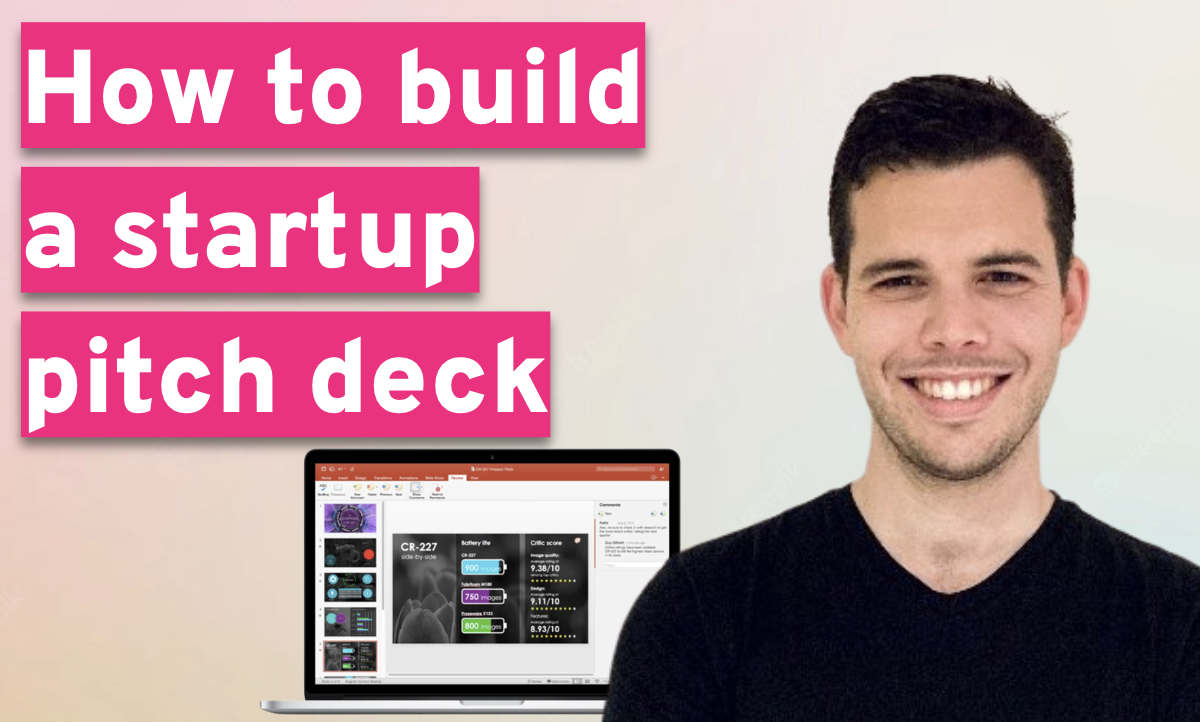You’ve probably never heard of a company called TransDigm. And why should you? They don’t sell SaaS products, don’t have a design philosophy that inspires coffee table books, and don’t go out of their way to build a global consumer brand.
Silently, this is what TransDigm has built:
The Nasdaq 100 has returned a respectable 7X over the last 24 years. A $100K investment is now worth $670K. In much less time (17 years), TransDigm (Ticker: TDG) has returned 33X , surviving the GFC and making many a fortune in the process. TransDigm has whooped every major index, and then some. You’d think they operate in the high margin universe of SaaS, or make a key component of all NVIDIA GPUs. Unfortunately, not – they work in the aerospace aftermarket space – supplying aerospace components for commercial and military aircrafts. Nothing to do with the heady airspace that technology companies occupy. No, this is a story of strong execution and business excellence.
And here’s why you, as a founder, executive, manager or even employee, of a mid to late stage startup should care – TransDigm can teach you a principle that is as applicable to your business as it has been to theirs (even if you’re not in the aerospace business, which you almost certainly, are not)
That principle is “Managing to margin” – and that’s what you need to apply to your business. The core tenet is – the margin must be protected at all costs. Flex all other levers to defend the margin. The answer to most business questions is “Yes, if it makes sense AND if you can protect the margin ”.
How does managing to margin work in a practical setting?
Nick Howley, the founder of TransDigm explains that there are three ways to create value for shareholders:
- Get prices up
- Get costs down
- Generate new business
He uses all three levers to control margin (for the uninitiated, margin is profits / sales. The higher the prices, the higher the margin. The lower the costs, the higher the margin). And it’s this margin that guides many of TransDigm’s business decisions. A customer wants a discount? Sure – if you can hold the margin (i.e. you have to lower service costs, so that the profits are unaffected). You want to grow headcount? Sure – if you can generate sufficient new business or improve prices to hold the margin. Your biggest customer is about to go bankrupt, and take a huge chunk of sales with them. No problem – adjust your costs to protect the margin.
Do what makes good business sense, but always defend the margin.
Nick says on the 50X podcast:
“Yeah. My math isn’t very complicated because sales are here and the margin is here. If the margin stays there, then the sales drop by this, the cost base has to go down by that, which isn’t that complicated. Getting it done is pretty hard, but coming up on the target isn’t that very hard.”
Defend the margin.
How can your startup apply managing to margin - depending on where it’s at?
Depending on the stage of your company, the relative focus on investing for growth vs. extracting value, the industry you’re in - you may or may not have a margin to fully defend.
- Case A: You have a margin to improve: This is where most mid to late stage startups are. You have somewhat of a margin – but it’s not good enough. You’re still spending too much. The zero interest rate regime is giving way to a world where capital is scarce, and you need to tighten up. You can either make marginal improvements to your margins – through the levers of prices, costs and new business (see above – you drive increased productivity in your organization, you bump up prices and so on). Or, you can make a step function change – through a reassessment of strategic choices (you finally exit that loss making segment).
You stay at this level until you have a margin you’re happy with. This will take a long time – you have to wean away from spending money to grow, to growing when and where you can make money. But once you have a margin you’re happy with, you move to…
- Case B: You have a margin to defend: If you’re at this stage, you’ve either done very well, or you’re not aiming high enough. You’ve either wrung out all the fat from the business, or your margin goal should’ve been higher.
Let’s say the goal was right, and you’re there now. Defend the margin within reason. Use the margin defense principle to guide business decisions. Now, you’re not an aerospace aftermarket player, and need to be less rigid about applying this principle. Your market probably has lower barriers to entry than TransDigm’s – so you need to factor this into your decision making. You may not be as fastidious about defending the margin – you’ll be more nimble. Will you sacrifice margin to land your first, marquee customer? – Yes, you will. Will you sacrifice margin to enter a must-win market? – Yes, you will. Will you sacrifice margin when making headcount plans? – Less so. Will you offer that big discount to a marginal customer? – only if the service levels are lower and allow you to defend the margin.
Why should you care about defending margin and using margin to make decisions?
There are multiple reasons you should care.
The most important – is that it works. No stock gets a 33X expansion in value without following business principles that work well. TransDigm is just one example. See above for the Rule of 40!
Second – because it’s simple, which makes it easy to follow and communicate. Any rule that’s excessively complicated becomes hard to implement in an organization. And even harder to share with the rest of the organization. And if you can’t explain it simply, those around you won’t buy into it, and you won’t get the groundswell of organizational support that you need on this mission.
And finally – because it’s a for-profit enterprise’s core mission to generate profits. Its raison d'être. And what better way to live up to that, than by defending those very profits.
About the author
Mohit Agarwal is a leader in a global management consulting firm based in New York, where he drives large business transformations for Fortune 500 and FTSE 100 businesses. Mohit has transformation expertise across North America, Europe and Asia, with deep experience in Financial Services. He also has significant experience in business operations - running the Social Business Incubator in the UK, working with Glassdoor and running FRWD@Bain. Aside from his work in transformations, Mohit has authored multiple book chapters, management journals, insight pieces and business case studies. More on him on LinkedIn.
Find your ideal investors now 🚀
Browse 5,000+ investors, share your pitch deck, and manage replies - all for free.
Get Started









